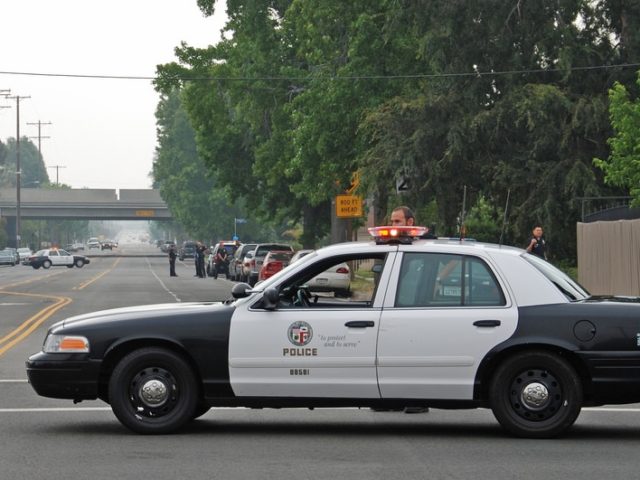A new study by the Public Policy Institute of California (PPIC) found voter-approved Proposition 47, which reduced penalties for lower-level crimes, increased property crimes by 9 percent.
The California social justice advocates who sponsored the Prop 47 ballot initiative in November 2014 claimed that the state historically had over-penalized lower-level drug and property offenders, resulting in high incarceration rates and correctional costs. By reducing penalties associated with so-called “Prop 47 offenses” from felonies to misdemeanors, advocates claimed the state would slash the incarcerated population’s size and length of sentences.
Passing with almost 60 percent support, Prop 47 reduced shoplifting, grand theft, receiving stolen property, check forgery, check fraud, and writing bad checks where the loss does not exceed $950 from felonies to misdemeanors. The measure also downgraded the personal use of most illegal drugs from a felony to a misdemeanor.
The California prison population when Prop 47 passed in November 2014 had already declined from a peak of nearly 163,000 in 2006 to about 133,000. The population of county jails had remained stable for several years, at about 80,000.
The average monthly number of arrests in California dropped from 124,400 in the year before Prop 47 passed, to 118,500 in the following year — a decline of about 5 percent. Meanwhile, the average monthly number of cite-and-release citations increased from 30,300 to 32,800, or roughly 8 percent.
The prison population did fall by 8,100 inmates, or about 6.0 percent, over the first two years under Prop 47. The county jail inmate populations fell by 7,000, or 8.5 percent. With incarceration rates at the lowest levels since the early 1990s, the non-partisan California Legislative Analyst’s Office estimated that Prop 47’s annual savings, net of higher probation costs, is about $56.2 million per year.
Although California did see an uptick in violent crime from 2014 to 2016, PPIC blamed that increase on more aggressive crime reporting, and found no evidence that Prop 47 was the cause of violent crime increasing.
But PPIC found that property crime statewide had increased by roughly 9 percent, to about 135 thefts per 100,000 residents. Although the reform appeared to have no apparent impact on more serious property crimes like burglaries or auto thefts, lower-dollar larceny thefts increased significantly.
PPIC’s analysis of data available from 12 California counties found that statewide recidivism rates decreased due to Prop 47. Among individuals released after serving prison or jail sentences, the two-year re-arrest rate dropped from 72.6 percent to 70.8 percent, and the two-year reconviction rate fell from 49.1 percent to 46.0 percent.
But the recidivism rates for the so-called “Prop 47 offenses” over the same two-year period plunged by 10.3 percent for re-arrests and 11.3 for re-convictions. PPIC findings suggest that the dramatic declines in reported recidivism were the result of Prop 47 reducing law enforcement arrests and the willingness of district attorneys to prosecute offenses.
Photo: file

COMMENTS
Please let us know if you're having issues with commenting.